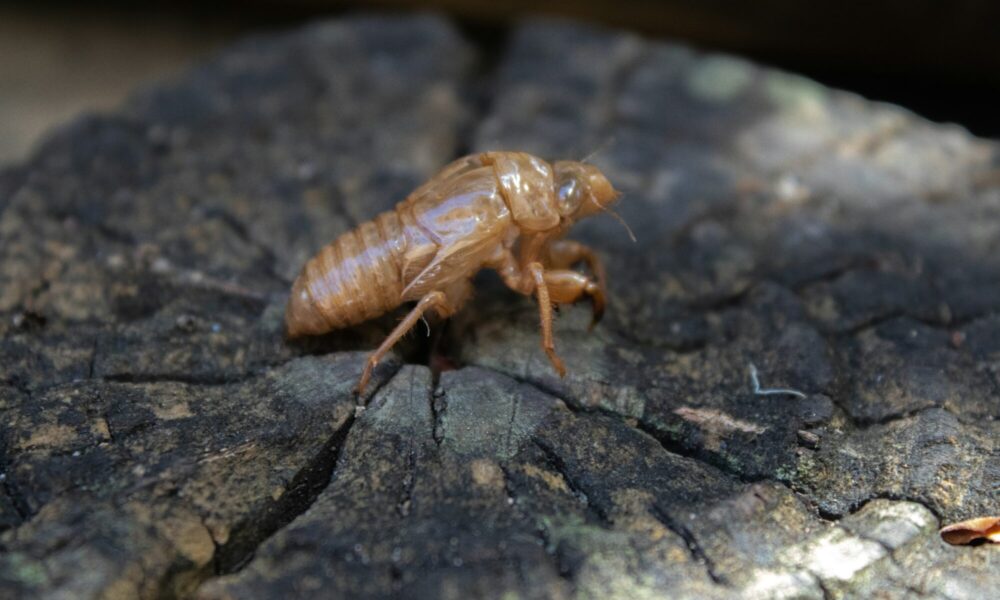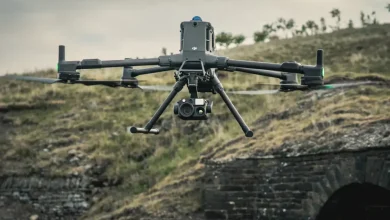Infestation and Inequality: Why Cockroaches Thrive in Forgotten Neighborhoods

Cockroaches are more than just gross. For millions of families, they’re a daily reminder of something deeper: forgotten housing, neglected infrastructure, and unequal access to sanitation. While most pest control discussions focus on sprays and traps, few ask why cockroaches keep coming back, especially in certain zip codes.
The Resilience of the Roach: Why They’re So Hard to Kill
Hiding in Plain Sight
Cockroaches love dark, humid spaces — the kinds you find behind broken tiles, cracked pipes, and rotting floorboards. These insects have been around for 300 million years and can survive weeks without food and up to a week without their heads. They’re built to last.
Feeding on Our Waste
Poor garbage management and open food sources are a feast for cockroaches. Leaky trash bags, dirty sinks, and overflowing dumpsters become ideal breeding grounds. In areas where city sanitation services lag, roaches thrive.
The Cost of Ignoring the Problem
Economic Drain on Low-Income Families
Families in cockroach-infested areas often resort to over-the-counter products that don’t work long-term, wasting money on sprays, traps, and baits. Worse, children may miss school due to illness caused by infestations, and parents lose workdays to medical appointments.
Ineffective One-Time Treatments
Single exterminator visits rarely solve the problem. Roaches reproduce quickly. Real cockroach control needs ongoing maintenance, education, and structural fixes — not just a fogger in the kitchen.
Why Some Neighborhoods Suffer More Than Others
Cockroaches and Redlining: A Historical Injustice
In many U.S. cities, redlined neighborhoods—areas marked as high-risk by banks and insurers in the 1930s—still suffer from poor housing infrastructure today. With cracked walls, damp basements, and outdated plumbing, these zones are havens for roaches.
The link between housing policy and pest exposure is rarely discussed, yet it’s painfully clear. In many cases, landlords in lower-income areas delay or ignore essential repairs, giving cockroaches a permanent home.
Poverty and Pest Pressure
Research shows that families with limited income are more likely to experience cockroach infestations, not because they’re careless, but because they’re working with broken tools. Faulty plumbing, poor insulation, and old appliances create ideal roach habitats.
Community-Based Pest Control Initiatives
Grassroots Organizations Stepping In
In cities like Baltimore, Detroit, and Los Angeles, local nonprofits are helping residents organize neighborhood pest control efforts. By pooling resources and demanding city support, communities can tackle cockroach infestations from the ground up.
Tenant Advocacy for Building Repairs
Legal aid groups are empowering tenants to demand pest-safe homes. Under many state laws, landlords must provide habitable living conditions, and courts have ruled that chronic pest problems violate that standard.
Technology and Data in Pest Tracking
Digital Mapping of Infestations
Organizations like Urban Health Lab use GIS mapping and tenant surveys to highlight infestation patterns. These visual tools help city planners prioritize repairs and inform policymakers about where public resources are needed most.
Smart Monitoring Devices
Some pest control companies now offer remote sensors that track roach activity in real time. These systems help property managers intervene early before infestations explode.
Why Cockroach Control Must Be a Policy Priority
It’s easy to dismiss cockroaches as a nuisance. But they’re indicators of deeper structural problems, just like peeling paint signals water damage. When entire neighborhoods are overrun with pests, it’s not about bugs. It’s about policy failure.
If we want clean, safe homes for all, cockroach control must become a public health issue, not a private burden.
Conclusion
Cockroach infestations aren’t just about cleanliness or clutter. They’re about systems — ones that reward landlords for ignoring repairs, underfund city sanitation, and overlook entire neighborhoods.
Real cockroach control requires more than traps and sprays. It needs structural change, community action, and a commitment to housing justice. When we eliminate the conditions that roaches love, we make homes healthier, not just pest-free, but livable.
FAQs
1. Why do cockroaches keep coming back even after spraying?
Sprays only kill visible roaches. Eggs and hidden nests remain unless structural fixes are made. Without sealing cracks or removing food sources, infestations return quickly.
2. Is cockroach infestation a sign of poor hygiene?
Not always. Even clean homes in buildings with poor plumbing or cracks can suffer from infestations. Cockroach control is often more about building conditions than cleanliness.
3. Are cockroaches dangerous to health?
Yes. They carry bacteria like Salmonella and E. coli, and their droppings trigger asthma, especially in children. Infestations can have serious health consequences over time.
4. How can landlords be held accountable for infestations?
In many places, tenants can report violations to housing authorities or seek help from legal aid. Landlords are required by law to provide pest-free living spaces as part of basic habitability standards.





